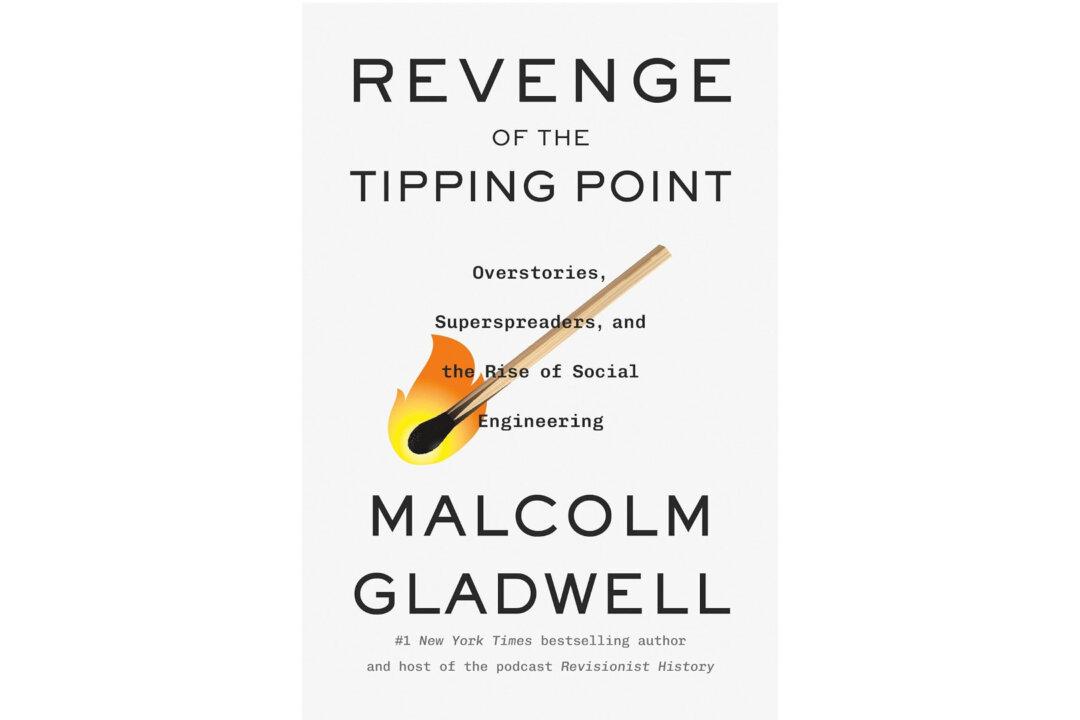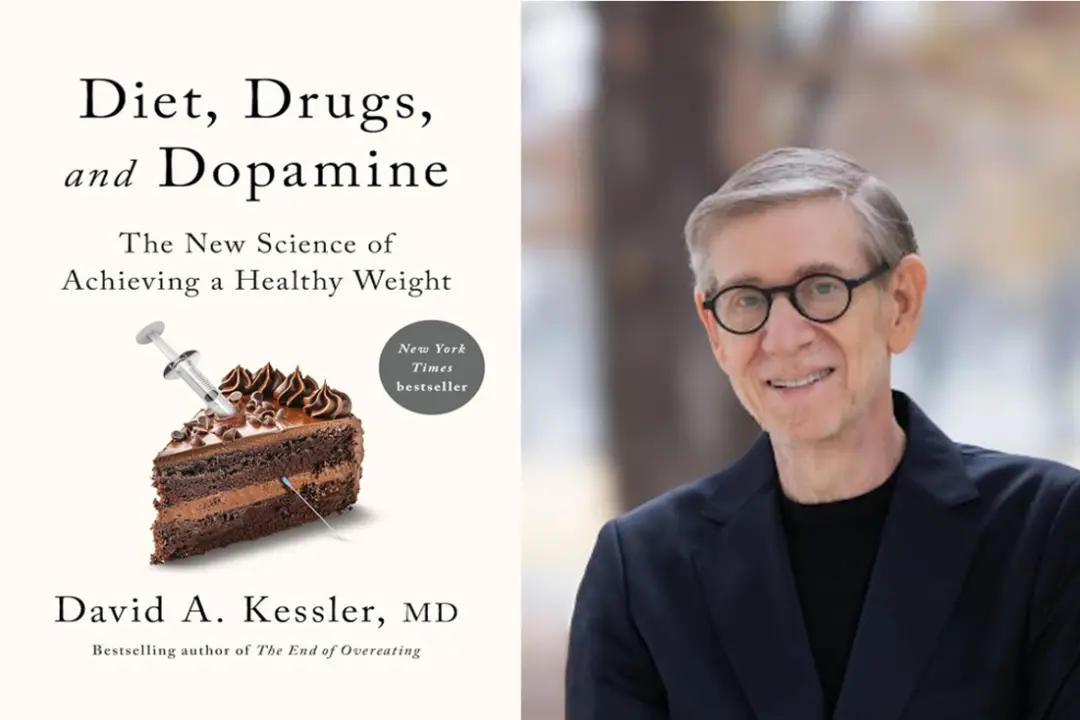In the 25 years since the release of his breakthrough book, “The Tipping Point,” Malcolm Gladwell has become somewhat of a household name. Readers wonder what issue he’ll tackle next in his lively, heavily researched, journalistic style. For Gladwell fans, “Revenge of the Tipping Point: Overstories, Superspreaders, and the Rise of Social Engineering” is more of what they’ve enjoyed.
The book has stories that on the surface may not get our attention, but in taking a step back, we can see their implications: The events provoked trends and epidemics our world has endured. Gladwell enables our seeing these implications by offering a lesson in critical thinking, which Merriam-Webster defines as “applying reason and questioning assumptions in order to solve problems, evaluate information, discern biases.”





